Reptiles make fascinating pets, but their unique physiology and habitat requirements can make them susceptible to various parasites, particularly mites. These tiny invaders not only cause discomfort to your scaly friend but can lead to serious health complications if left untreated. As a responsible reptile owner, understanding how to prevent, identify, and address parasite infestations is crucial for maintaining your pet’s wellbeing. This comprehensive guide will walk you through effective preventative measures, early warning signs, and treatment options to keep your reptile companion healthy and parasite-free.
Understanding Common Reptile Parasites
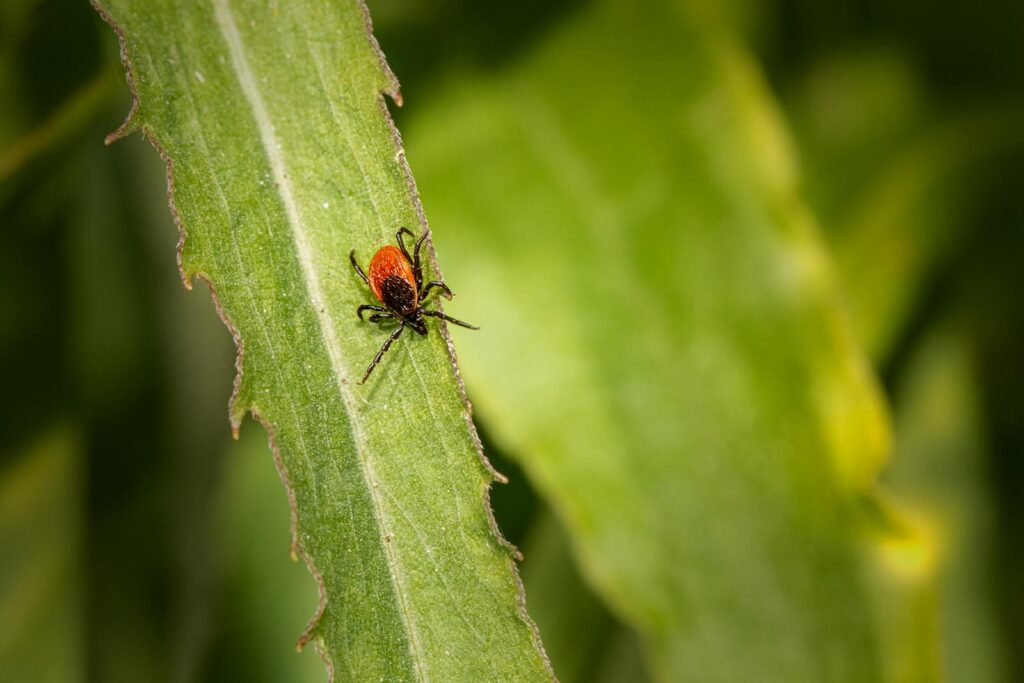
Reptiles can host various parasites, with mites being among the most common external parasites affecting captive reptiles. Snake mites (Ophionyssus natricis) appear as tiny black, red, or white specks often congregating around eyes, mouth, and under scales. Internal parasites like pinworms, hookworms, and coccidia can inhabit your reptile’s digestive tract, causing symptoms that range from subtle to severe. Cryptosporidium, a particularly troublesome protozoan parasite, can be difficult to treat and may persist in the environment for extended periods. Understanding these common invaders is the first step in developing an effective prevention strategy for your reptilian companion.
Quarantine Procedures for New Reptiles

Perhaps the most effective preventative measure is implementing strict quarantine protocols for any new additions to your reptile collection. Every new reptile should be housed separately from existing pets for a minimum of 60-90 days, regardless of its apparent health or source. During this period, closely monitor the animal for any signs of parasites or illness, and consider having a veterinarian perform a fecal examination to check for internal parasites. Use separate handling tools, feeding implements, and cleaning supplies for quarantined animals to prevent cross-contamination. This quarantine period allows potential parasite issues to manifest before the new reptile can potentially expose your established collection to harmful organisms.
Creating a Parasite-Resistant Habitat
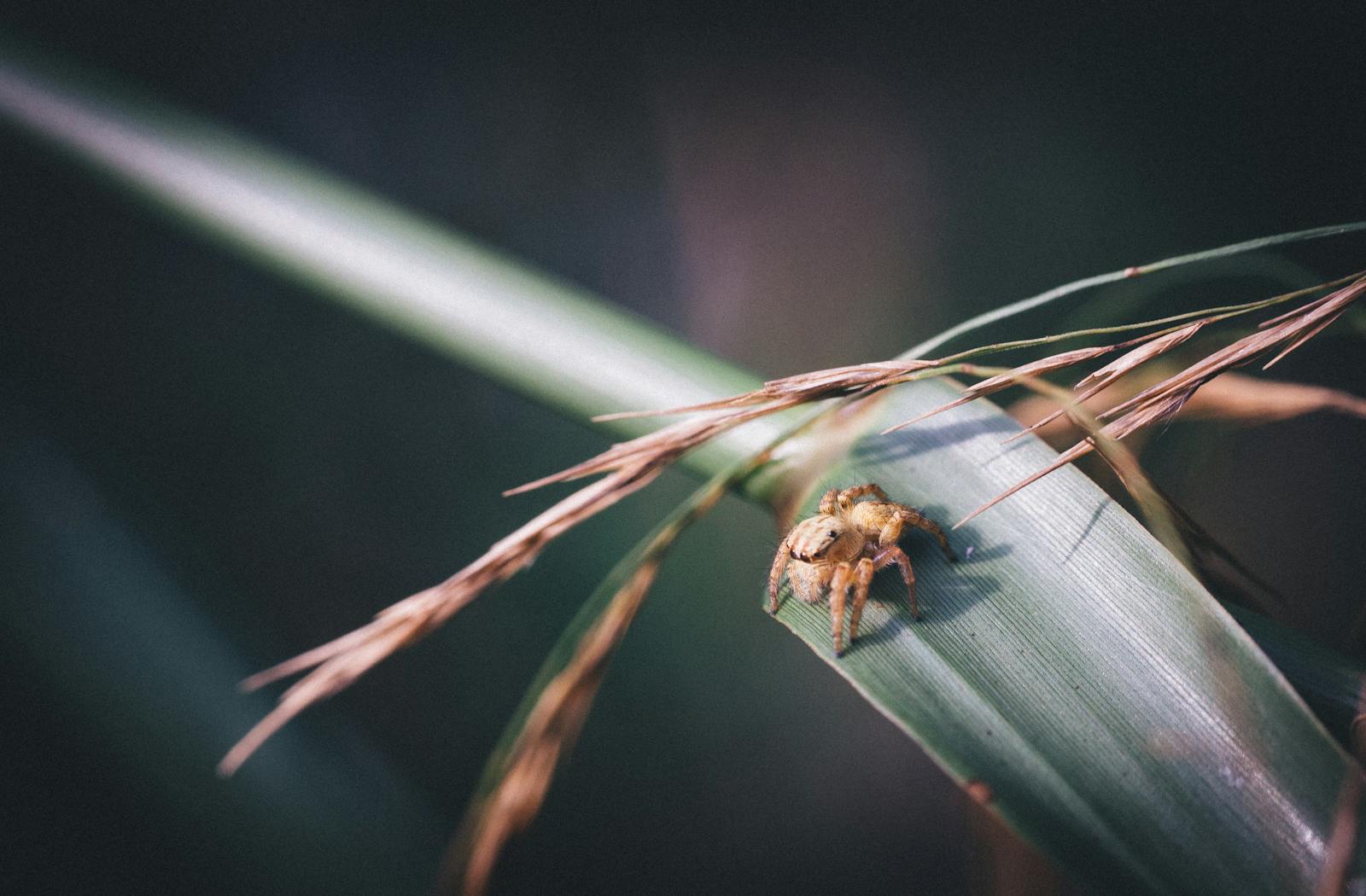
The enclosure environment plays a crucial role in preventing parasite infestations in captive reptiles. Choose habitat materials that are less hospitable to parasites—smooth surfaces like paper towels, newspaper, and reptile carpet are easier to clean thoroughly and provide fewer hiding places for mites compared to natural substrates.
Maintain appropriate temperature and humidity levels specific to your reptile species, as improper conditions can stress your pet and make them more susceptible to parasitic infections. Implement a regular deep-cleaning schedule, completely replacing substrate and disinfecting all surfaces and décor at least monthly. Additionally, consider using enclosures with simplified designs that minimize hard-to-clean crevices where parasites might establish themselves.
Proper Hygiene and Handling Practices
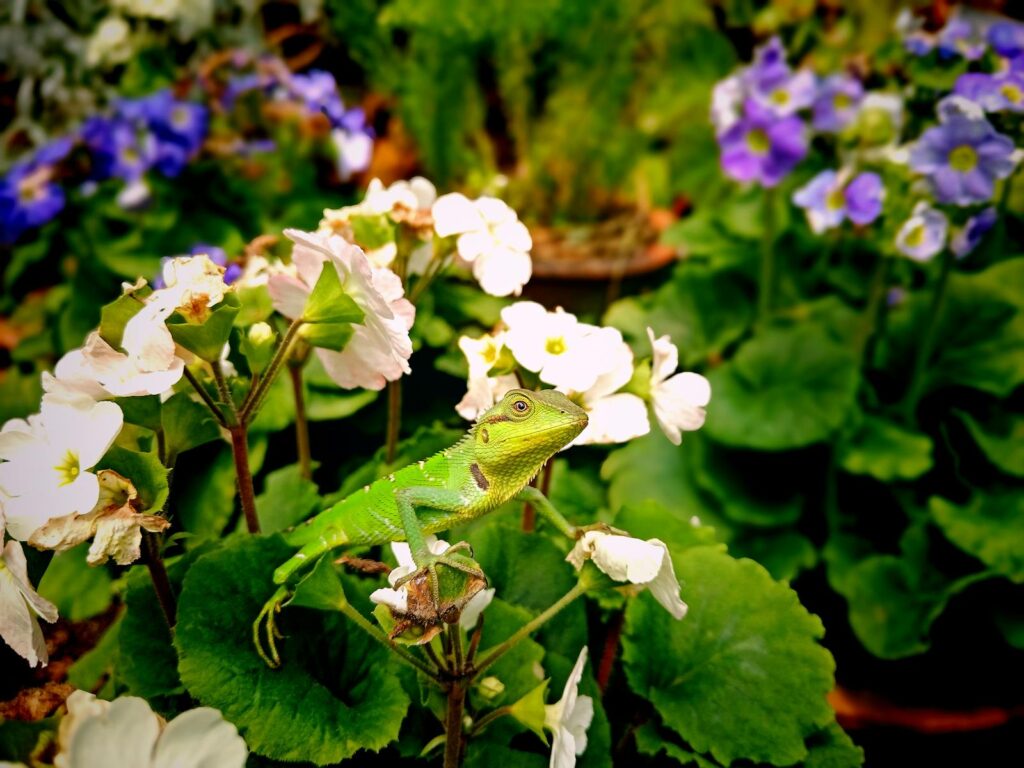
Consistent hygiene practices significantly reduce the risk of introducing parasites to your reptile’s environment. Always wash your hands thoroughly before and after handling any reptile or cleaning their enclosure to prevent transferring parasites between animals. Consider designating specific clothing for reptile handling or using disposable gloves, particularly if you have multiple reptiles or visit other collections. Clean and disinfect all tools, water dishes, and feeding implements regularly with reptile-safe disinfectants, allowing items to dry completely before returning them to the enclosure. When handling reptiles from different enclosures, always work with the healthiest animals first and those in quarantine last to minimize cross-contamination risks.
Diet and Nutrition’s Role in Parasite Prevention

A well-balanced diet significantly contributes to your reptile’s natural ability to resist and fight off parasitic infections. Feed your reptile appropriately based on their specific dietary requirements, as malnutrition can compromise their immune system. If feeding live prey, consider establishing a colony of feeder insects rather than purchasing from pet stores each time, as commercially available feeders can sometimes introduce parasites. For those using pre-killed prey items, ensure they come from reputable sources and are properly stored and thawed.
Some reptile owners opt to freeze rodents for a minimum of 30 days before feeding to kill potential parasites, although this isn’t a foolproof method. Supplements like calcium and vitamin D3 are essential for maintaining overall health and immune function in most reptile species.
Regular Health Monitoring and Veterinary Care

Establishing a relationship with an experienced reptile veterinarian is invaluable for parasite prevention and early intervention. Schedule annual health check-ups for your reptile, including parasite screenings through fecal examinations, even if your pet appears healthy. Learn to recognize normal behaviors, eating patterns, and waste characteristics for your specific reptile species so you can quickly identify changes that might indicate a parasite problem. Weigh your reptile regularly and keep detailed records of their growth, shedding cycles, and any health concerns to help track potential issues. Many internal parasites can be present without obvious symptoms until infestations become severe, making preventative veterinary care essential rather than optional.
Recognizing Early Signs of Mite Infestation
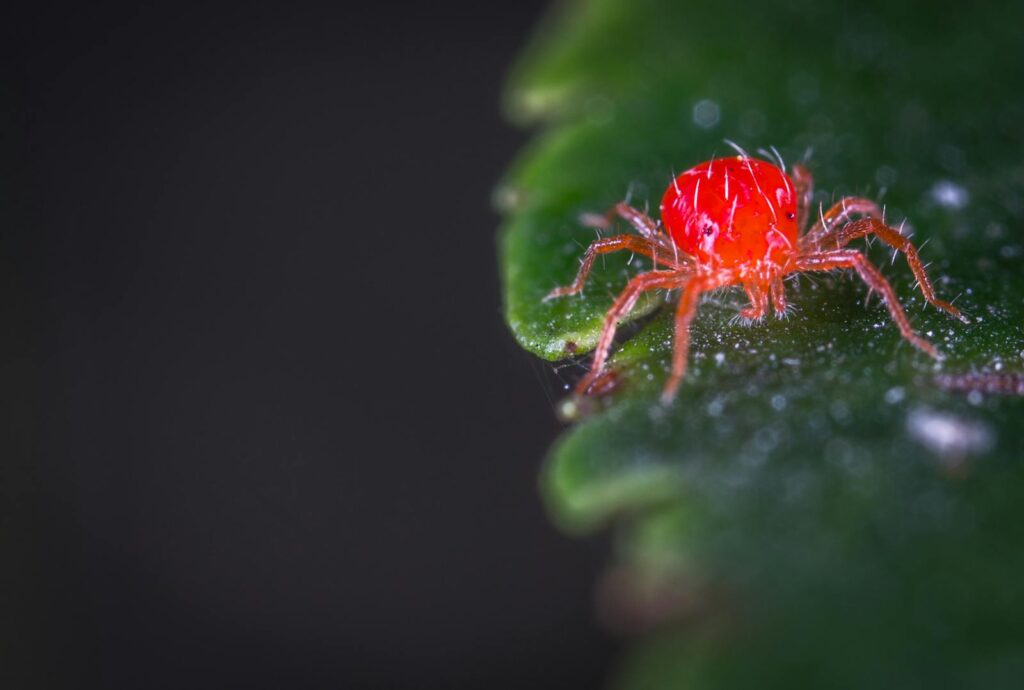
Detecting mites early can dramatically simplify treatment and prevent serious health complications for your reptile. Watch for increased soaking behavior, as reptiles often submerge themselves in water to find relief from irritating mites. Examine your pet carefully during handling sessions, paying special attention to areas around the eyes, the corners of the mouth, and between scales where mites typically congregate. Small black, red, or white moving specks visible to the naked eye are a clear indication of mites, as are tiny red dots that may appear on light-colored handling gloves after touching your reptile. Unusual restlessness, excessive rubbing against enclosure items, and incomplete or difficult sheds can also signal the presence of external parasites that are causing discomfort.
Preventative Treatments and Products

Several products can help prevent mite infestations when used properly as part of a comprehensive prevention strategy. Reptile-safe mite preventative sprays containing natural ingredients like neem oil can be applied to the enclosure (not directly on the reptile) according to manufacturer instructions. Some reptile keepers use predatory mites that feed on parasitic species as a biological control method, though this approach requires research and careful implementation. Mite control substrate additives like calcium carbonate-based products can create an environment inhospitable to mites without harming your reptile. Always verify that any preventative products are specifically formulated for reptiles and the particular species you keep, as products designed for other animals may contain ingredients toxic to reptiles.
Safe Cleaning and Disinfection Protocols

Implementing thorough cleaning routines is fundamental to parasite prevention in reptile enclosures. Develop a regular maintenance schedule that includes daily spot cleaning to remove waste and food debris that could harbor parasites. Weekly partial cleanings should involve replacing a portion of the substrate and wiping down surfaces with reptile-safe disinfectants. Monthly deep cleaning is essential and should include complete substrate replacement, thorough disinfection of the entire enclosure, and cleaning or replacing all accessories. When disinfecting, use products specifically formulated to be safe for reptiles, such as chlorhexidine solutions or specially formulated reptile habitat cleaners, and always rinse thoroughly and allow everything to dry completely before reintroducing your pet.
Managing Parasites in Multi-Reptile Collections

Collectors with multiple reptiles face additional challenges in parasite prevention and must implement more stringent protocols. Establish a quarantine room physically separated from your main collection, ideally in another part of the house with separate ventilation. Use dedicated tools, feeding implements, and cleaning supplies for each enclosure to prevent cross-contamination. Consider implementing a “clean hands” policy where hands are washed and disinfected between handling different animals, or use disposable gloves changed between enclosures.
Organize your cleaning and feeding routines to work with the most vulnerable or parasite-sensitive species first, leaving animals in quarantine or with known issues for last. In larger collections, regular preventative fecal testing on a rotating schedule can help catch problems before they spread throughout the entire collection.
Emergency Response to Parasite Outbreaks

Despite best preventative efforts, parasite outbreaks can still occur, requiring prompt and decisive action. At the first sign of mites or other parasites, immediately isolate the affected reptile and any potentially exposed animals to prevent further spread. Contact your reptile veterinarian for proper diagnosis and treatment recommendations rather than relying solely on over-the-counter remedies. Begin an intensive cleaning protocol for the affected enclosure, including freezing wooden items that cannot be thoroughly disinfected for at least 72 hours to kill mites and eggs.
Monitor all reptiles in your collection closely for at least 60 days following an outbreak, as some parasites have complex life cycles with dormant phases that can activate later. Document the outbreak, your response measures, and their effectiveness to help refine your prevention strategies for the future.
Natural Prevention Methods
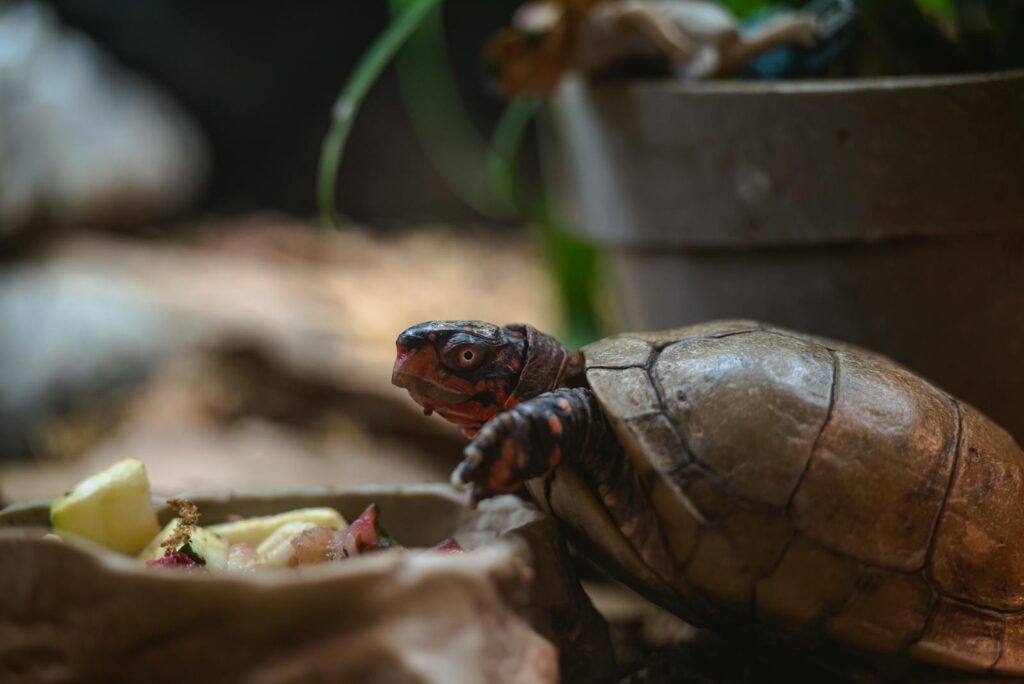
Some reptile keepers incorporate natural prevention methods alongside conventional approaches to create a more comprehensive parasite prevention strategy. Food-grade diatomaceous earth sprinkled lightly in areas of the enclosure not directly contacted by the reptile can help control mites by damaging their exoskeletons when they crawl through it.
Certain plants with natural repellent properties, such as lavender or rosemary, can be placed near (but not in) enclosures to deter some parasites, though efficacy varies. Some keepers report success with “mite traps” made from small containers with a heat source and sticky interior surfaces that attract and capture mites. While these natural methods shouldn’t replace proper husbandry and veterinary care, they can provide additional layers of protection when used appropriately in conjunction with proven prevention techniques.
Seasonal Considerations in Parasite Prevention

Parasite activity often follows seasonal patterns that smart reptile keepers can anticipate and address proactively. Spring and summer months typically see increased parasite activity due to warmer temperatures and higher humidity levels that favor reproduction cycles of many parasitic species. During these high-risk seasons, consider implementing more frequent deep-cleaning schedules and regular preventative treatments.
Winter can bring its own challenges, as heating systems may create dry conditions that stress reptiles and lower their natural resistance to parasites. Seasonal changes in wild-caught feeder insect availability might also introduce new parasite risks at certain times of year. Adjusting your prevention strategies seasonally—intensifying monitoring during high-risk periods and perhaps scheduling preventative veterinary screenings accordingly—can help maintain year-round protection for your reptilian companions.
Conclusion
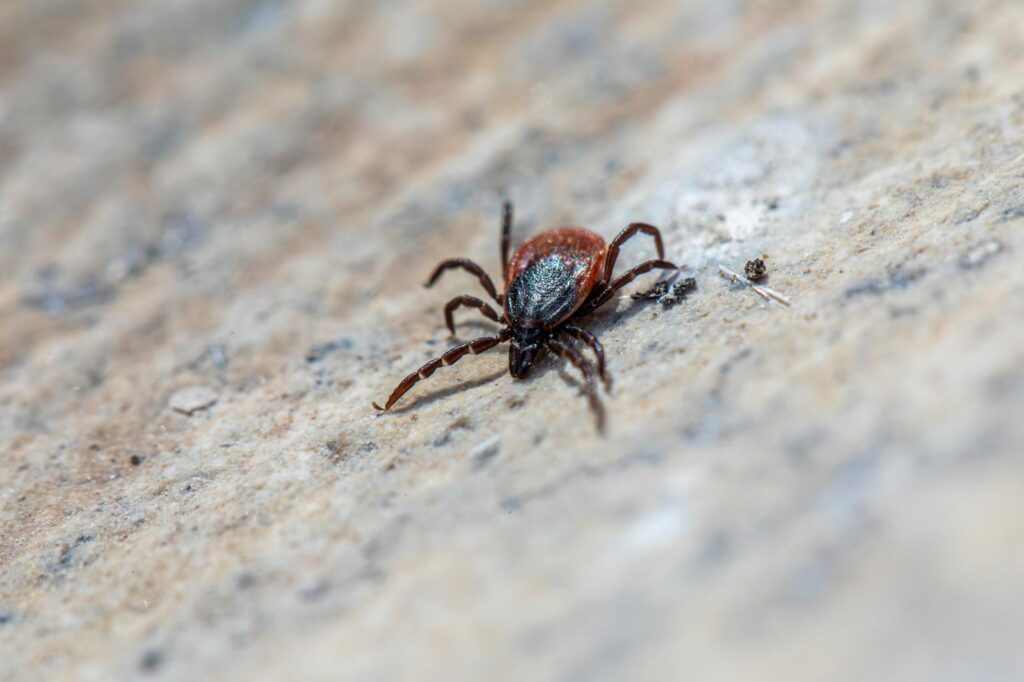
Parasite prevention is a fundamental aspect of responsible reptile keeping that requires vigilance, education, and consistent application of best practices. By implementing proper quarantine procedures, maintaining meticulous hygiene, creating parasite-resistant habitats, and working with knowledgeable veterinarians, you can significantly reduce the risk of mites and other parasites affecting your scaly companions. Remember that prevention is always easier and less stressful for both you and your reptile than treating an established infestation. With the comprehensive approach outlined in this guide, you’ll be well-equipped to provide your reptile with a clean, healthy living environment where they can thrive without the burden of parasitic invaders.

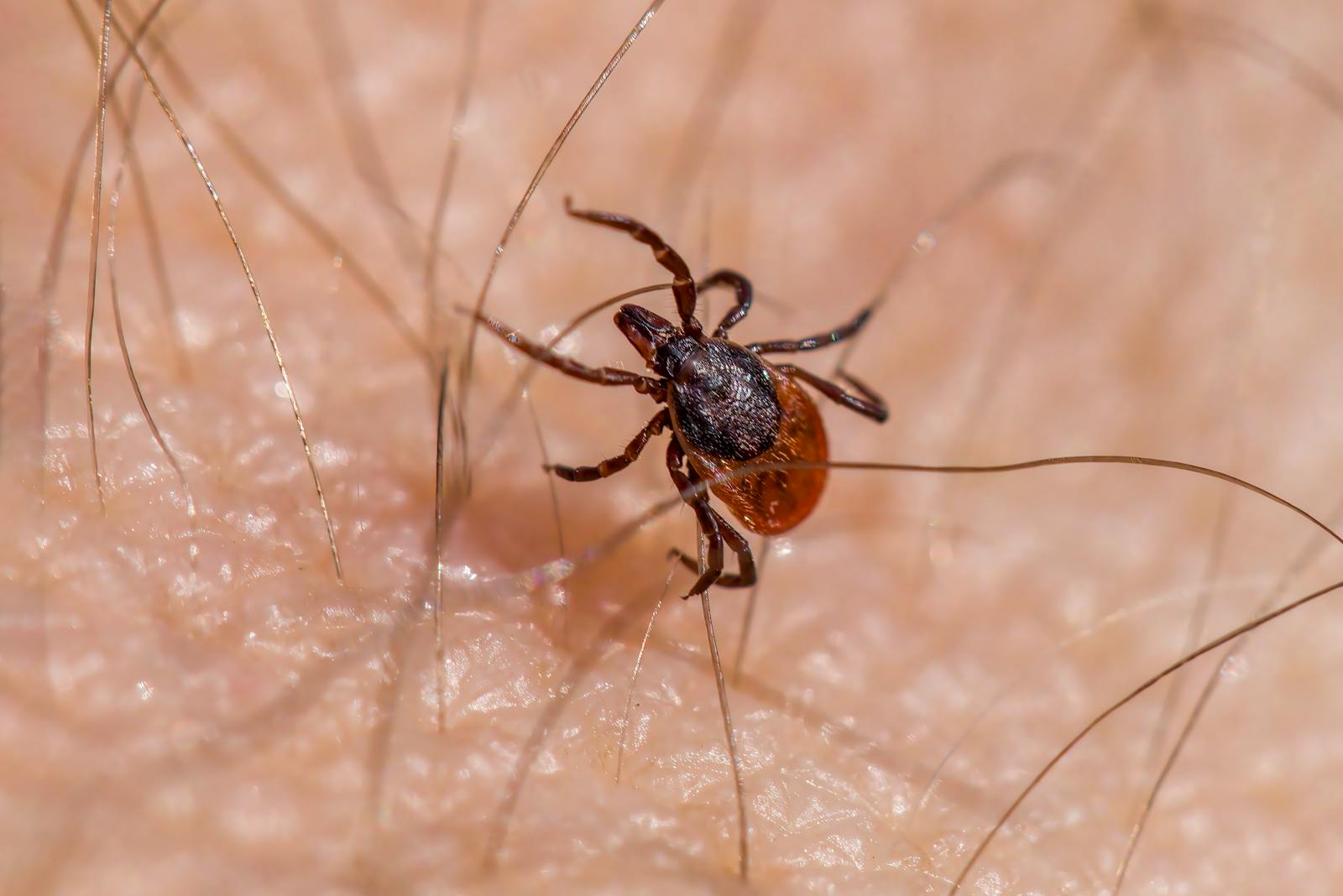







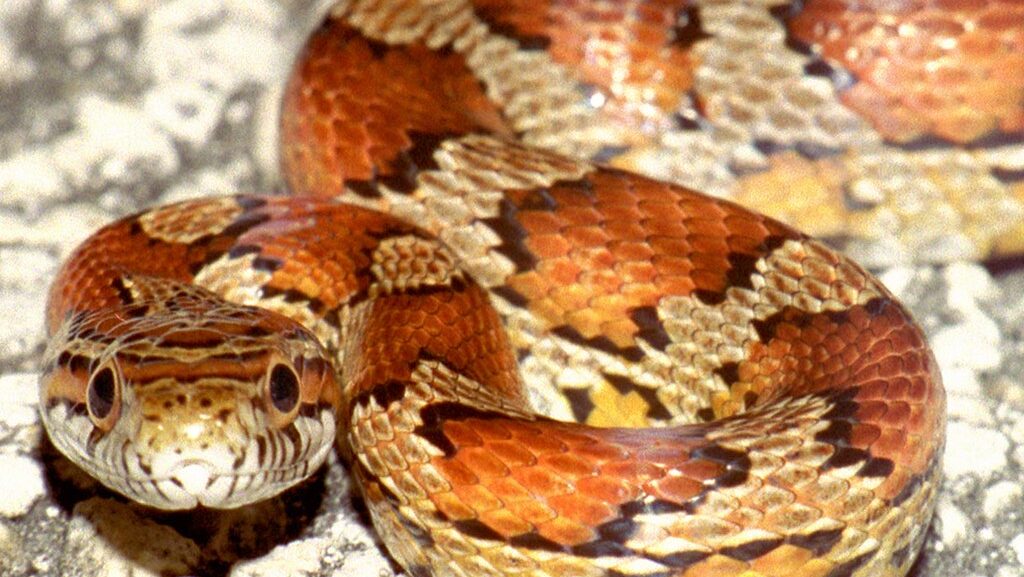
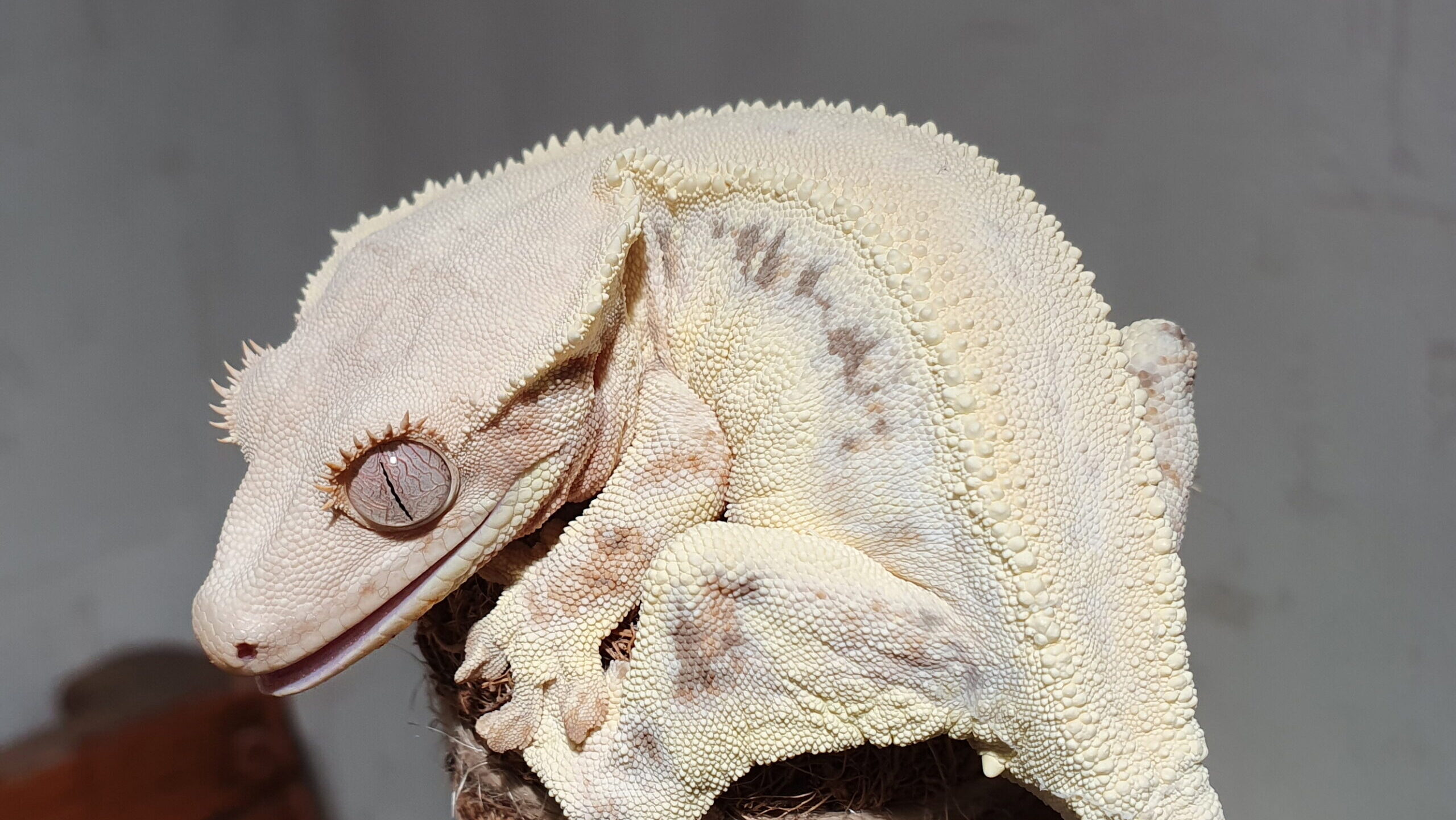





Leave a Reply